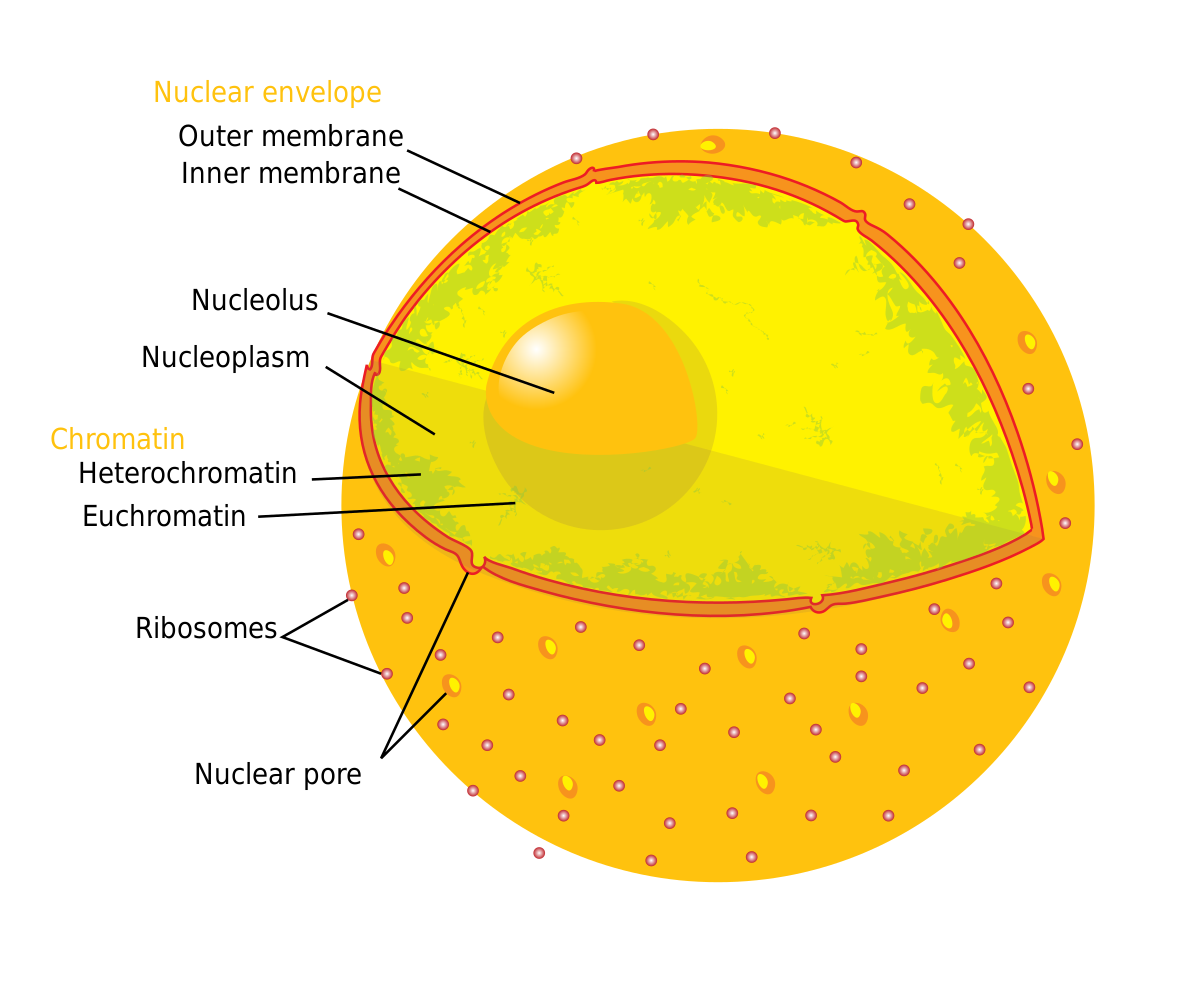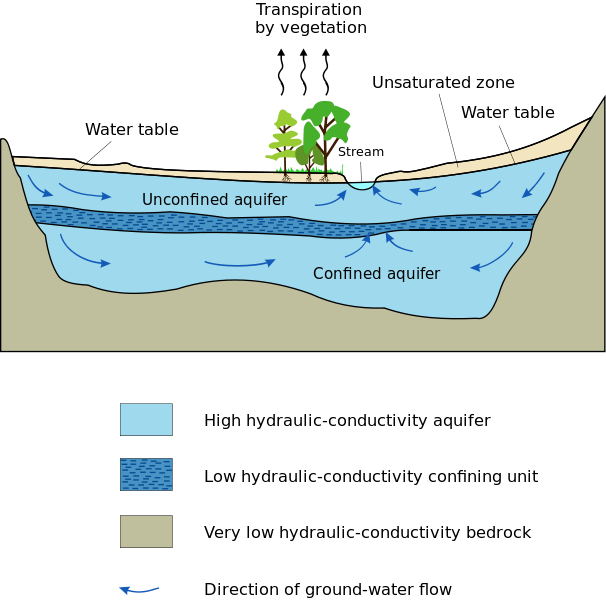Pore Space Definition

As natural resource counsel representing landowners we are concerned with the open spaces or voids of rock taken collectively.
Pore space definition. Pore space pore space is defined in many different ways depending on whether you are a soil scientist geologist or an environmental engineer. This figure would lead to an under. There are many ways to test porosity in a substance or part such as industrial ct scanning.
Macropores or fractures play a major role in infiltration rates in many soils as well as preferential flow patterns hydraulic conductivity and evapotranspiration. By convention the definition of pore space ex cludes fluid pockets that are totally enclosed within solid material vesicles or vugs for example that have no exchange with the pore space that has continuity to the boundaries of figure 1. Meaning of pore space.
Pore space is defined by porosity of a material possessing free space between the mineral grains expressed as percentage rebollo et al 1996 and depends on size and sorting of the particles as a cubic or hexagonic package. Pore space is generally thought of as a subsurface property right. Until very recently pore space was hardly considered a property right at all.
Strictly speaking some tests measure the accessible void the total amount of void space accessible from the surface. Pore space the total continuous and interconnecting void space in the bulk volume of soil or rock. Pore space in a soil may be of the following three types.
The volume of such pores. The term porosity is used in multiple fields including pharmaceutics ceramics metallurgy. Cross section of a typical soil with pore space in black.
0 geology all the pores in a rock. Although it can be defined in a number of different ways pore space by its simplest definition is the empty space between grains of rock fractures and voids. The pore space in a soil represents that part of the soil volume which has been occupied by air or water.
















